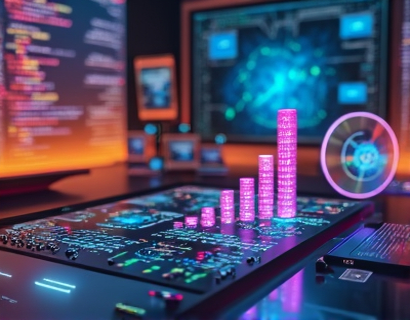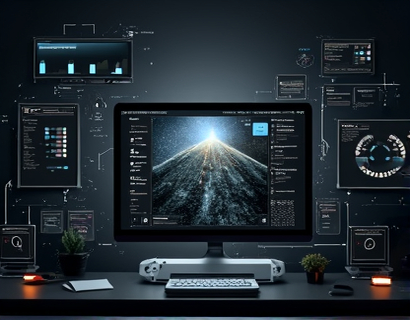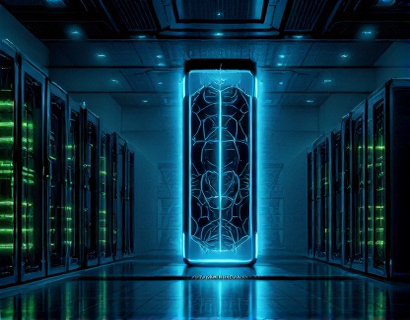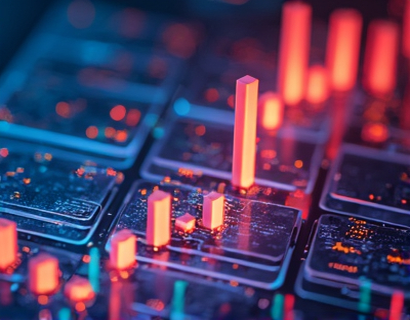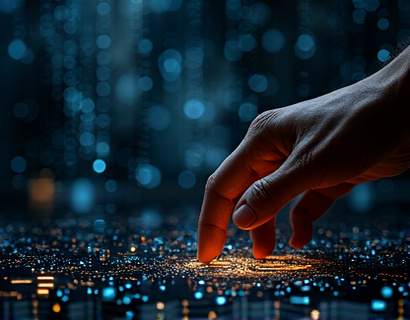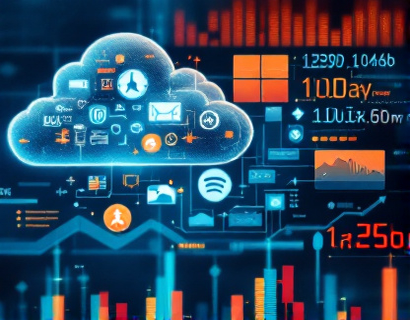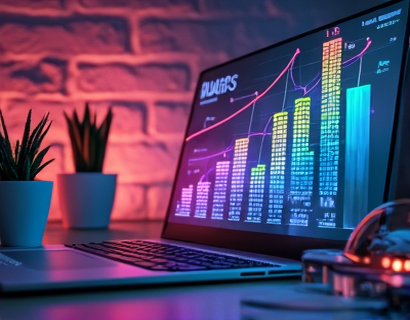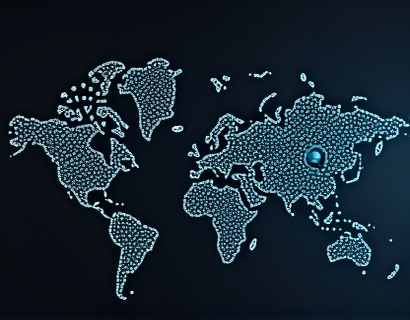Decentralized AI and Crypto: Revolutionizing Ucosystem Applications for Enhanced Digital Experiences
The intersection of decentralized technologies, artificial intelligence, and cryptocurrency is giving rise to a new era of digital applications. This convergence is not just a technological advancement but a paradigm shift in how we interact with digital services. The fusion of these elements is creating what is known as the Ucosystem, a term used to describe the ecosystem built on decentralized applications (dApps) powered by AI and cryptocurrency. This article delves into the transformative impact of this merging, exploring how it enhances user engagement and redefines digital interactions.
The traditional centralized model of digital services has been dominated by a few large corporations, often leading to issues such as data privacy concerns, single points of failure, and limited user control. Decentralized applications, on the other hand, distribute control across a network of nodes, ensuring transparency, security, and user sovereignty. When AI is integrated into these decentralized systems, the potential for innovation and user empowerment becomes immense.
Understanding Decentralized Applications
Decentralized applications, or dApps, operate on blockchain networks, which are decentralized ledgers maintained by a network of computers rather than a single entity. This decentralization ensures that no single point of failure can disrupt the entire system, making dApps more resilient and secure compared to their centralized counterparts. The smart contract feature of blockchain technology automates and enforces the rules and logic of the application, reducing the need for intermediaries and increasing efficiency.
One of the key features of dApps is their accessibility through web interfaces or mobile applications, allowing users to interact with the blockchain without needing to download or install any software. This user-friendly approach has made it easier for a broader audience to engage with decentralized technologies. The combination of decentralization and AI enhances this experience by enabling more intelligent, adaptive, and personalized interactions.
AI in Decentralized Applications
Artificial intelligence brings a new dimension to decentralized applications by enabling them to learn from data, adapt to new inputs, and perform tasks that traditionally required human intervention. In the context of dApps, AI can be used for various purposes, including data analysis, predictive modeling, natural language processing, and more. These capabilities are particularly valuable in enhancing user experiences and optimizing the performance of decentralized systems.
For instance, AI-driven chatbots can provide 24/7 customer support within dApps, offering instant responses to user queries and improving customer satisfaction. Machine learning algorithms can analyze user behavior and preferences to deliver personalized content and recommendations, making the user experience more engaging and relevant. Additionally, AI can enhance the security of dApps by detecting and mitigating potential threats in real-time.
Enhancing User Engagement through Decentralized AI
The integration of AI in decentralized applications significantly boosts user engagement by creating more interactive and intelligent interfaces. Traditional apps often suffer from static and one-size-fits-all solutions, whereas AI-powered dApps can adapt to individual user needs and preferences. This personalization not only improves user satisfaction but also increases the likelihood of users returning to the application.
Gamification is another area where AI and decentralization intersect to enhance user engagement. By leveraging AI algorithms, dApps can design dynamic and adaptive gaming experiences that evolve based on user interactions. Token-based rewards and incentives, managed through smart contracts, can further motivate users to participate and engage more deeply with the application. This combination of gamification and decentralization fosters a more active and loyal user base.
Redefining Digital Interactions
The merging of decentralized AI and cryptocurrency is not just about enhancing individual applications; it is about redefining the entire digital interaction landscape. In a decentralized ecosystem, users have greater control over their data and digital identities. AI can help manage and secure these assets, ensuring that users maintain ownership and privacy. This shift empowers users and reduces the reliance on centralized platforms that often exploit user data for profit.
Moreover, the use of cryptocurrency in decentralized applications provides a seamless and secure payment mechanism. Cryptocurrencies eliminate the need for intermediaries such as banks, reducing transaction costs and increasing the speed of transactions. This is particularly beneficial for global users who can transact across borders without the delays and fees associated with traditional financial systems.
Case Studies and Real-World Applications
Several projects are already demonstrating the potential of decentralized AI and cryptocurrency in creating innovative Ucosystem applications. One notable example is a decentralized social media platform that uses AI to curate content based on user preferences while ensuring data privacy through blockchain. Users can earn tokens by creating and sharing content, fostering a community-driven and economically incentivized platform.
Another example is a decentralized finance (DeFi) application that leverages AI for risk assessment and credit scoring. By analyzing user data and financial history stored on the blockchain, the application can provide more accurate and fair lending decisions. This not only enhances the user experience but also promotes financial inclusion by providing access to credit for underserved populations.
Challenges and Future Prospects
Despite the promising potential, the integration of decentralized AI and cryptocurrency is not without challenges. Scalability remains a significant issue, as blockchain networks often struggle to handle high volumes of transactions efficiently. However, ongoing developments in blockchain technology, such as layer 2 solutions and sharding, are addressing these concerns.
Another challenge is the regulatory landscape, which is still evolving and varies significantly across different regions. Ensuring compliance while maintaining the decentralized nature of these applications requires careful navigation. Education and advocacy will play crucial roles in shaping a favorable regulatory environment.
Looking ahead, the future of decentralized AI and cryptocurrency is bright. As technology continues to advance and more developers and innovators join the space, we can expect to see more sophisticated and user-friendly applications. The convergence of these technologies will not only enhance digital experiences but also democratize access to powerful tools and services, fostering a more inclusive and equitable digital world.
In conclusion, the fusion of decentralized AI and cryptocurrency is revolutionizing the Ucosystem, offering enhanced user engagement and redefined digital interactions. By leveraging the strengths of each technology, we are witnessing the emergence of a new generation of applications that prioritize user control, privacy, and empowerment. As this field continues to evolve, it holds the promise of transforming the way we interact with digital services and each other.



